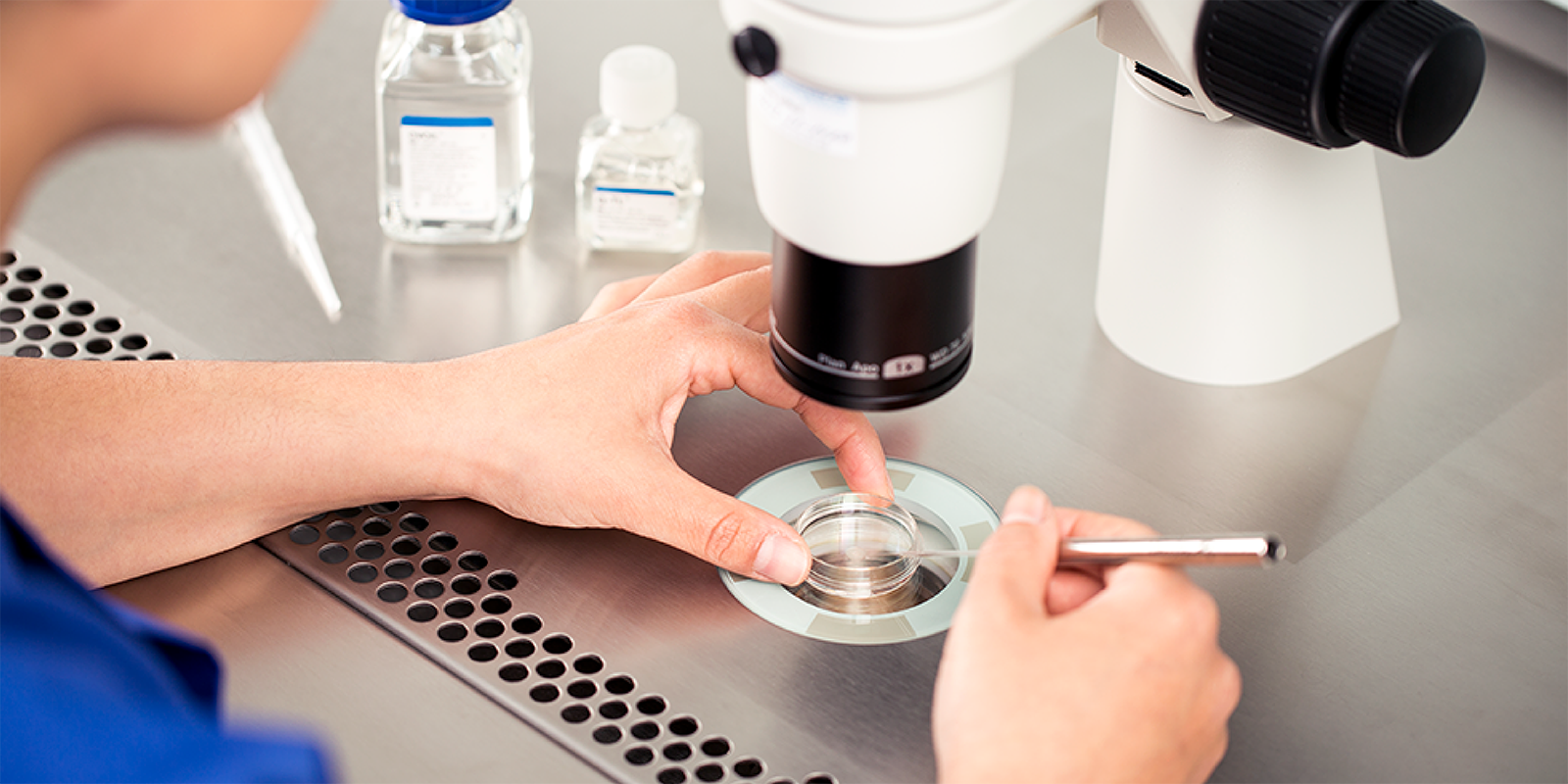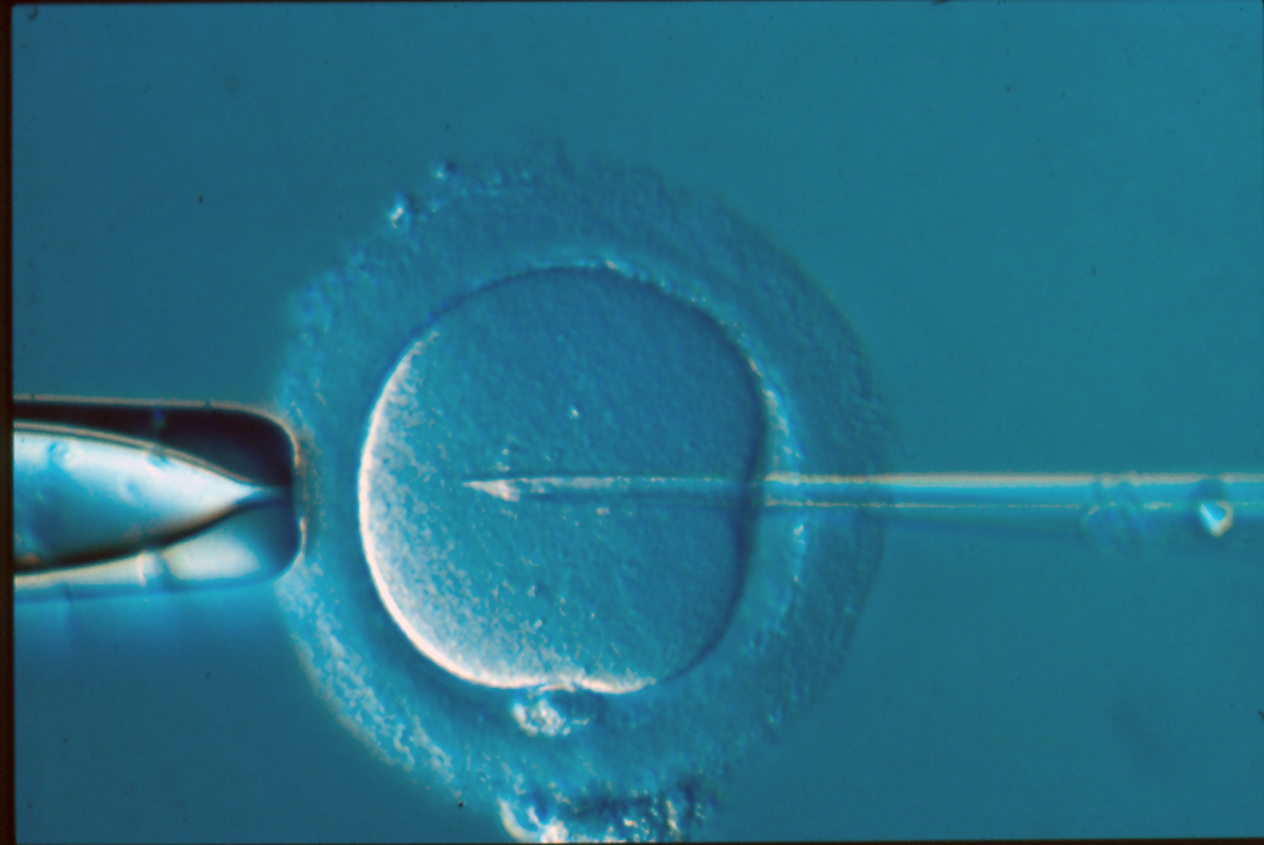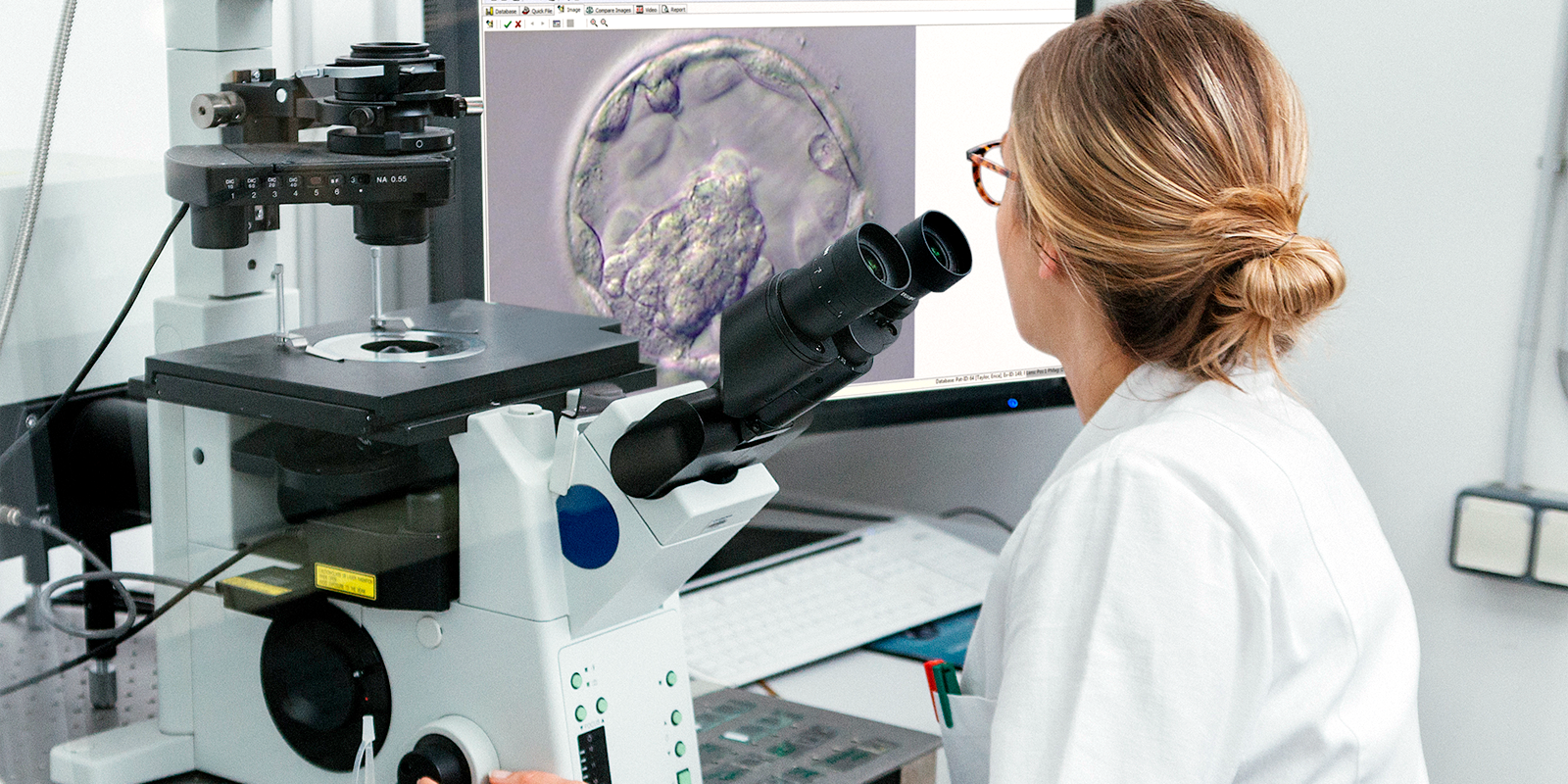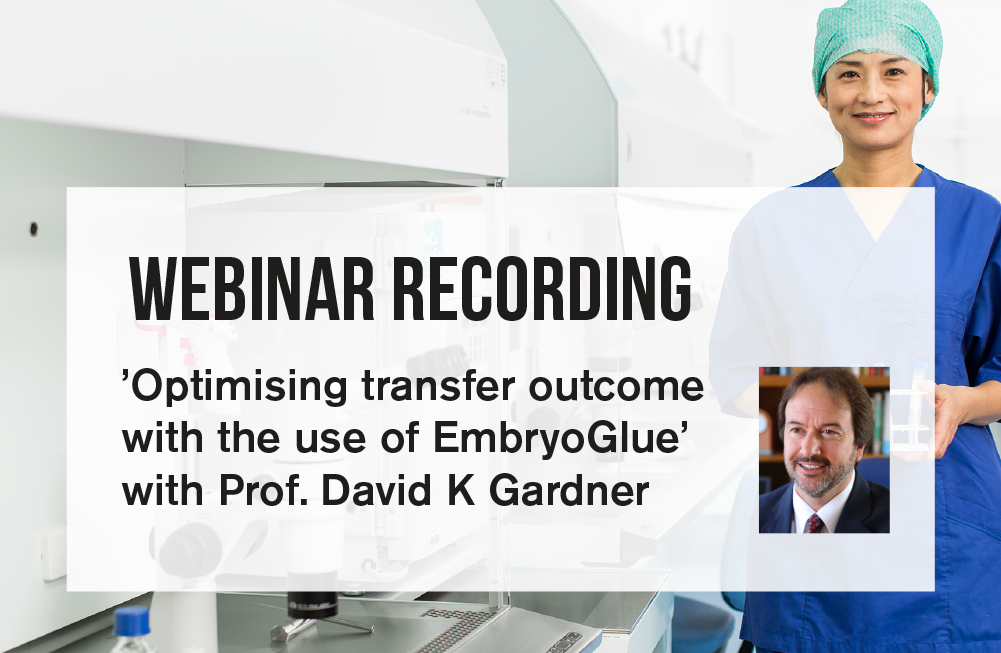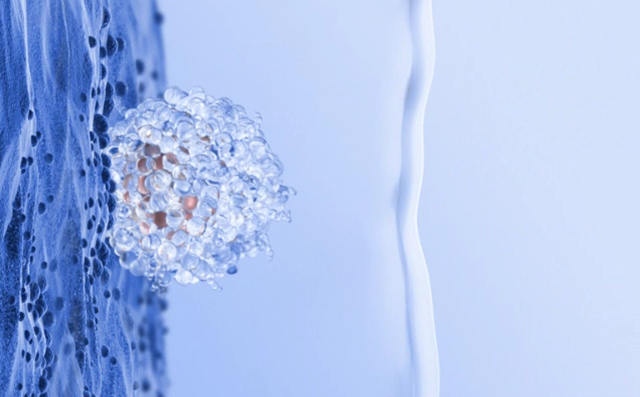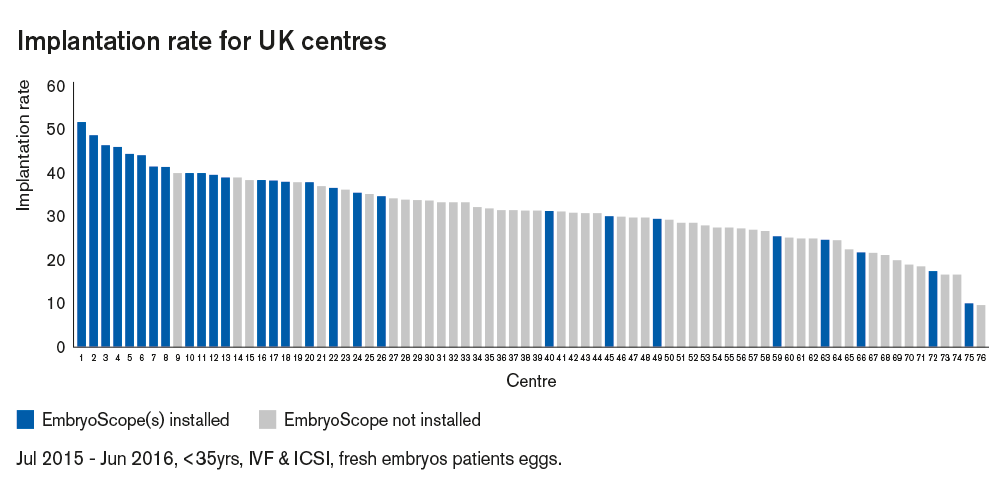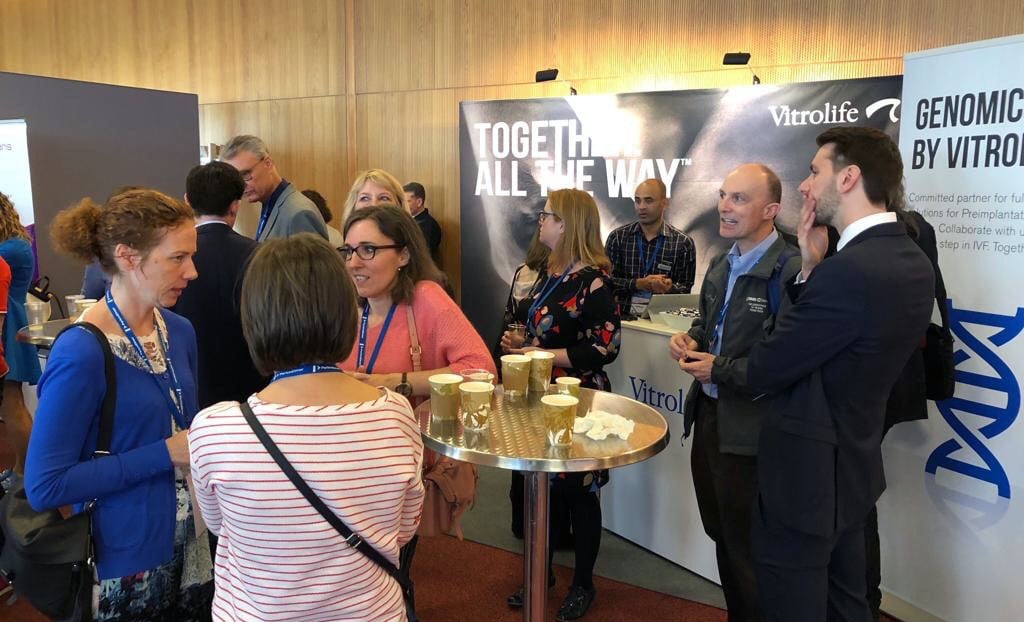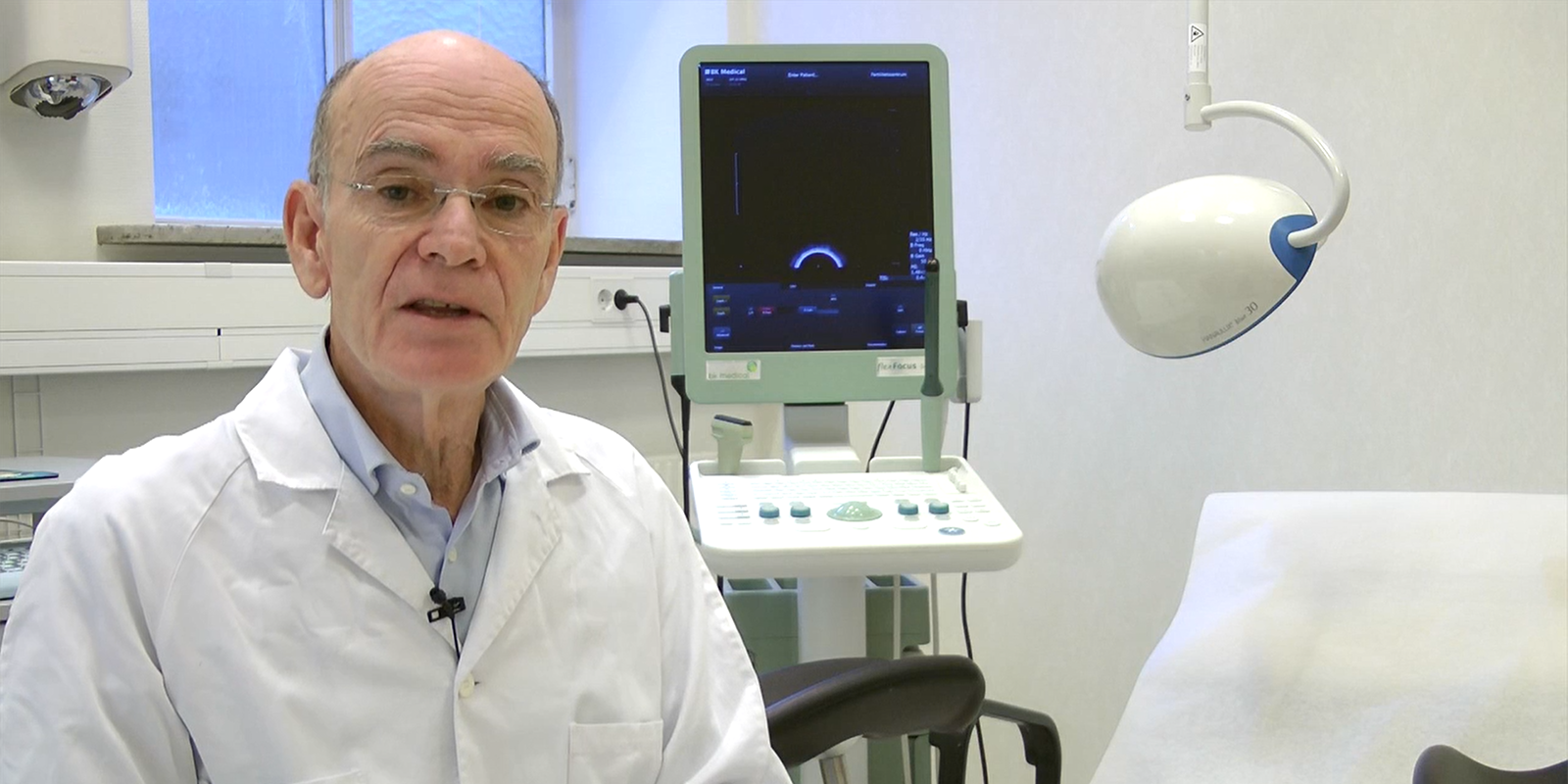For most people, amino acids are synonymous with protein and DNA synthesis and their ability to act as substrates for energy production, and relatively little else. Over the past two decades however we have developed a very different appreciation for amino acids and the highly diverse roles they play in regulating embryo physiology. Here their functions (beyond body building!) are considered, and how their supplementation to embryo culture media has contributed significantly to the increase in IVF success rates worldwide.
Thoughts and reflections from ASRM 2019
By Vitrolife, Oct 24, 2019
This year Philadelphia hosted the annual American Society for Reproductive Medicine meeting for thousands of delegates from all over the world. Similar to previous years, IVF professionals gathered to present or listen to the latest scientific developments in the field of assisted reproduction. We have collected some of our thoughts and reflections of the scientific content of the meeting in this blog post.
The road to successful ICSI
By Hubert Joris, Sep 24, 2019
Different assisted fertilisation methods were developed and implemented in the field of IVF during 1980-1990. Out of these methods, intracytoplasmic sperm injection (ICSI) is the most successful method developed1 and is considered to be one of the major breakthroughs in this field since the birth of Louise Brown in 1978. While assisted fertilisation techniques, including ICSI, were introduced to overcome fertilisation failure in cases of severe male infertility, ICSI is today used in > 60 % of all IVF cycles globally.2
ICSI has frequently been described as 'an accident' in the lab. For me, being part of the development of the ICSI technique, I would rather describe ICSI as an inevitable consequence of the procedure used to perform subzonal insemination. The aim of this blog is, however, not to cover the history of ICSI but rather to focus on aspects that support successful ICSI in the IVF laboratory.
Do you know the different laser applications? Here are 4 ways to use your laser in the IVF lab
By Vitrolife, Aug 19, 2019
Having a laser system can help address a variety of cases in ART while optimising the workflow. It is, therefore, common today for embryology laboratories to have a laser system attached to the microscope at the ICSI workplace.
You are probably already familiar with the use of lasers for assisted hatching or embryo biopsy, since these are the most widely spread applications. There are, however, other ways in which you and your patients can benefit from the use of a laser system in the lab.
Thoughts and reflections from ESHRE 2019
By Vitrolife, Jul 9, 2019
Once again, the biggest event in the field of assisted reproduction, ESHRE, has taken place. No less than 12.003 participants gathered in warm Vienna for updates on the latest science within the field of IVF and of course to meet with old and new friends. As usual the Vitrolife team has put together our thoughts and reflections on some of the scientific content at the meeting. We also provide a new chance to watch our symposium.
Optimising transfer outcome with the use of EmbryoGlue [webinar recording]
By Vitrolife, Jul 4, 2019
It has been 20 years since Prof. Gardner’s team first published on the effects of hyaluronan (also known as hyaluronic acid) on preimplantation embryo culture and transfer, and so this is a poignant time to reflect on the role of this remarkable macromolecule in assisted reproduction.
20 years on – Reflections on Hyaluronan
By Prof. David K Gardner, Jun 3, 2019
It has been 20 years since my team first published on the effects of hyaluronan (also known as hyaluronic acid) on preimplantation embryo culture and transfer1, and so this is a poignant time to reflect on the role of this remarkable macromolecule in assisted reproduction.
EmbryoScope use – a sneaky glimpse at the UK
By Dr. Stephen Troup, Consultant Reproductive Scientist, May 15, 2019
No one can argue against the value of high-quality, correctly designed, appropriately powered, multicentre prospective RCTs (or even better systematic reviews of a number of such studies) as the ideal mechanism to generate evidenced-based medicine. But I’m afraid the assisted conception world is far from ideal in this respect and high-quality studies are notoriously difficult to carry out. Unfortunately, some might consider this the situation with evidence in support of the EmbryoScope and morphokinetic embryo selection algorithms, although I’m not sure I’d entirely agree.
Thoughts and reflections from PGDIS 2019
By Prof. Alan H Handyside, MA PhD, Scientific Advisor, Apr 30, 2019
Introducing Vitrolife genomics at PGDIS 2019
The International Society for Preimplantation Genetic Diagnosis (PGDIS) was formed in the early 1990s by a group of clinicians and scientists attending the inaugural meeting in Chicago, based in the historic Drake Hotel, and organised by the late Yury Verlinksy and colleagues, who was one of the pioneers of preimplantation genetic diagnosis, recently renamed preimplantation genetic testing (PGT). Last year, I became President of the Society and have been very involved in organising the 18th, now annual, meeting in Geneva, Switzerland. The meeting attracted about 350 attendees from 45 countries including nearly 40 from Russia.
This was an important first opportunity for the newly formed Vitrolife genomics team (who turned up in force!) to meet many of our customers for SNP genotyping and karyomapping for diagnosis of monogenic disease (PGT-M) and next generation sequencing (NGS) based chromosome copy number analysis for detection of aneuploidy (PGT-A).
Why local anesthesia during oocyte retrieval is beneficial for the patient and clinic [customer story]
By Vitrolife, Mar 27, 2019
Local anesthesia combined with conscious sedation is the preferred method for oocyte retrieval at the IVF clinic Fertilitetscentrum in Sweden. Dr. Matts Wikland, MD, PhD, Associate Professor explains why.
